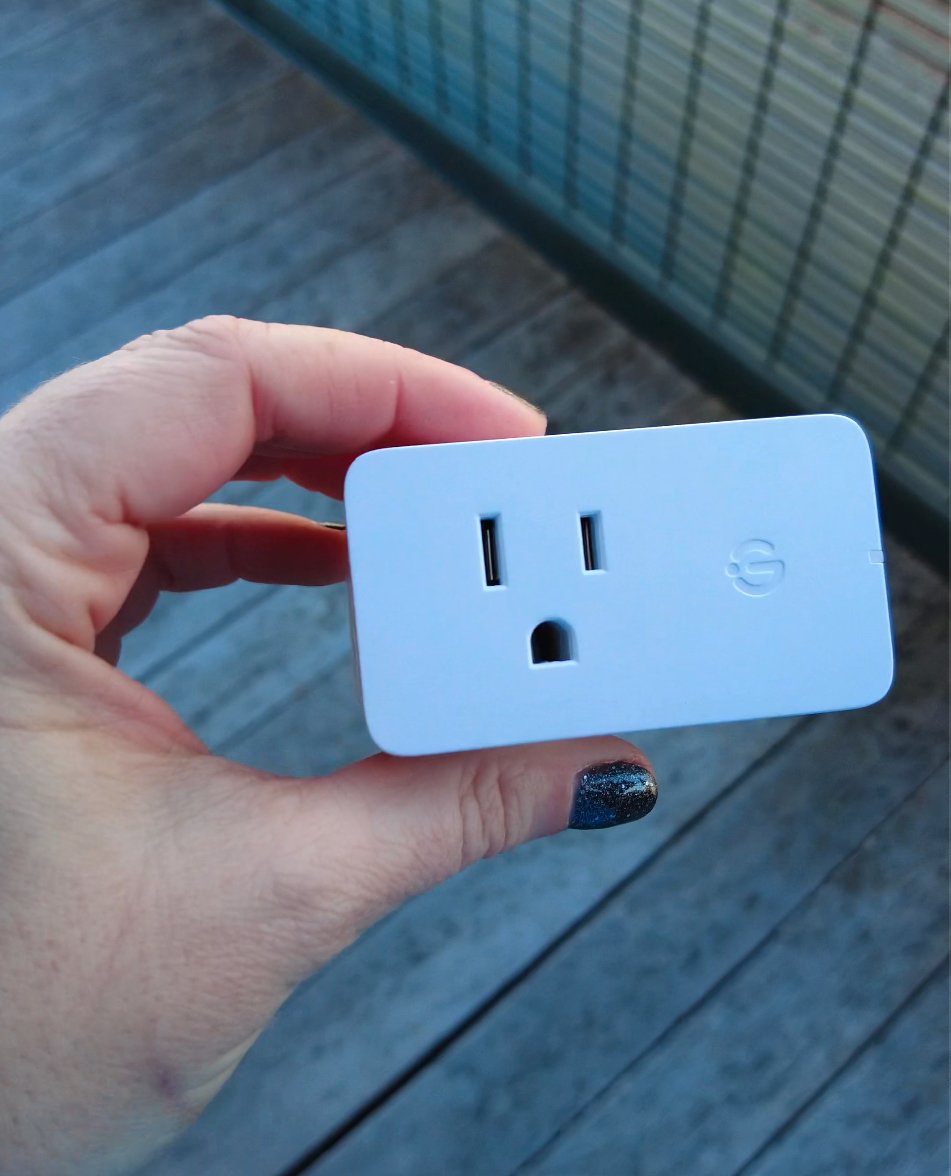The Apps We Rely on For Off-Grid Energy Management
Our Container Barn is the hub of Burkett Farm, where we host visitors, throw events, and manage day-to-day operations. The building was designed to be an experiment in sustainability, and one of the most significant commitments to that goal is our energy system.
Our building runs on renewable energy, supplied through an off-grid, solar + battery storage electrical system.
100% Solar-Powered Operations
We rely on 144 solar panels and 18 batteries to power everything in the building, including water pumps and wastewater treatment. Without a natural gas line, all appliances and systems depend entirely on this electrical array.
In the absence of a grid connection, our emergency backup option is a generator. However, we consider this a last resort, as eliminating fossil fuels is a core goal. Daily monitoring is essential to balance power usage with solar production and battery charge—especially during winter, when limited sunlight and cold temperatures can deplete our power supply in just two to three days of poor weather.
Lessons From Year One
This year marked our first full year operating in the Container Barn. Managing energy production and consumption with this system has been a daily task, influenced by seasonal changes. The success of this system hinges on two key factors: the building’s design (using materials and appliances that help to conserve energy, such as insulation, low voltage lighting, energy-efficient appliances, and heat pumps) and our adaptive energy management practices.
To manage our usage, there are a few tools that have become indispensable, and both of them combine hardware with apps: Span and Govee. These tools allow us to monitor and adjust consumption in real-time, ensuring we stay within our solar energy capacity and minimize reliance on fossil fuels.
Span Smart Panels
Instead of traditional electrical panels we installed these “smart” panels, which have a corresponding app. This app provides a real-time snapshot of our energy system, including our PV production levels, our battery storage levels, and our usage. Within the app, you can view the data by individual breaker or sub-panel; you can also view historical breakdowns in increments as small as an hour and as large as a calendar year.
Additionally, you can turn breakers on and off from the app, which gives us the control to manage our system remotely – very handy on weekends and holidays. You can also set certain circuits as “must have” or “nice to have” and the app can be programmed to power off the latter when supply dips below a certain threshold.
The downside of this system? It’s more costly; the MSRP is $3,500, compared to $300-$500 for a regular panel. And depending on how your breaker map is set up, you may not get the level of granular control that you’d like. Additionally, if you lose internet access – whether due to power loss or some other cause – the panel will still operate but you lose the ability to turn breakers on or off, both through the app and in person at the hardware level.
All in all, for an off-grid system of any complexity, this tool is hugely helpful in allowing you to forecast and adjust consumption at a system-wide level before the power runs out.
GoVee Smart Plugs
There are many different types of smart plugs out there, and the general functionality is the same: they allow the user to power on/off any device that’s plugged into them from an app. Some also measure power consumption, and allow you to set schedules for your device.
These are commonly used in conventionally powered residential and commercial spaces for convenience, but in an off-grid setting, they become crucial. For example, one of our biggest energy draws is our HVAC system - made up of two heat pumps and multiple air handlers in each of the containers. By plugging the air handlers into smart plugs, we can set schedules, monitor use, and control the power from our app, whether or not we’re on site.
Why GoVee? To be honest, we’re not wild about the design of the app, which has a user experience of a bad video game. But this brand’s smart plug is one of the few that measures energy consumption, and they also offer smart thermometers, which we use in our greenhouse and other spaces; it’s convenient to have everything all in one app. The pricing is accessible as well: One smart plug is $14.99, while the thermometer is $39.99. But like the Span, they rely on an internet connection, so in the event of an outage you’ll have to remove them and plug your device back in directly to the outlet for power to work.



